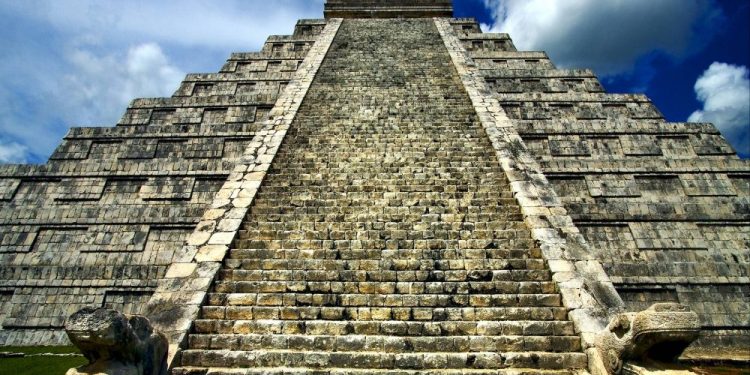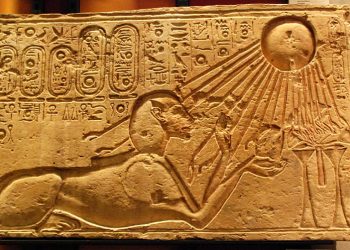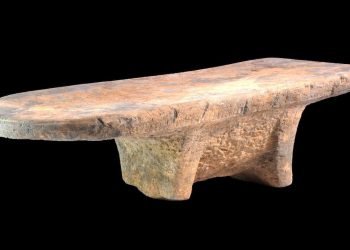A recent archaeological discovery in Mexico has unearthed a stone slab bearing 123 hieroglyphic symbols, potentially leading to the revelation of a lost Maya city. The stone, found at the base of the Nohoch Mul pyramid, dates back to 569 A.D. and provides insights into ancient Maya civilization that could reshape historical understanding.
Located within the Cobá archaeological zone on the Yucatán Peninsula’s eastern side, the stone slab, measuring an impressive 118 square feet, was found at the bottom of what was once a pool. The slab’s surface is adorned with 123 meticulously carved hieroglyphic symbols, which experts believe narrate significant events, including the founding of the town of Keh Witz Nal on May 12, 569 A.D. The exact location of this town, whose name translates to “Deer Mountain,” remains a mystery, intriguing researchers and sparking further exploration.
Cobá, a significant Maya city established around 100 B.C. and thriving until approximately 1200 A.D., was known as the “city of chopped water” and may have been home to as many as 50,000 residents. The city is also the site of Mexico’s largest pyramid, Nohoch Mul. As archaeologists continue to excavate the area, they have uncovered a causeway leading to the pyramid’s former pool, where the stone slab was discovered.
The slab’s discovery initiated a thorough cleaning and restoration process, where the team removed debris and injected lime mortar to prevent further water damage. To ensure detailed analysis, three-dimensional models of the glyphic text were created, allowing researchers to study the symbols more extensively off-site.
One of the most intriguing revelations from the slab includes the name of a previously unknown ruler of Cobá, K’awiil Ch’ak Cheen. This discovery is significant, as it adds to the historical record of the city’s dynastic lineage. The name K’awiil, associated with the Maya god of lightning, appears to have been commonly adopted by rulers, possibly to invoke divine protection and power.
As archaeologists continue to decode the hieroglyphic symbols, they hope to uncover more information about the region’s history and, potentially, the exact location of the elusive Deer Mountain. This discovery not only enriches the understanding of Cobá’s past but also brings us closer to uncovering the mysteries of ancient Maya civilization.











